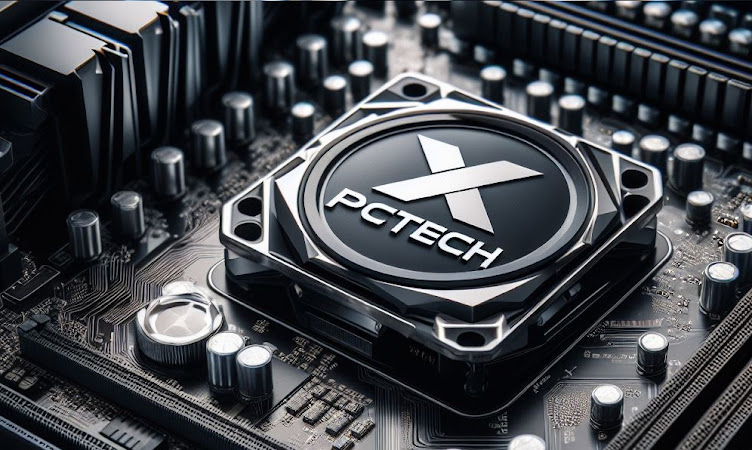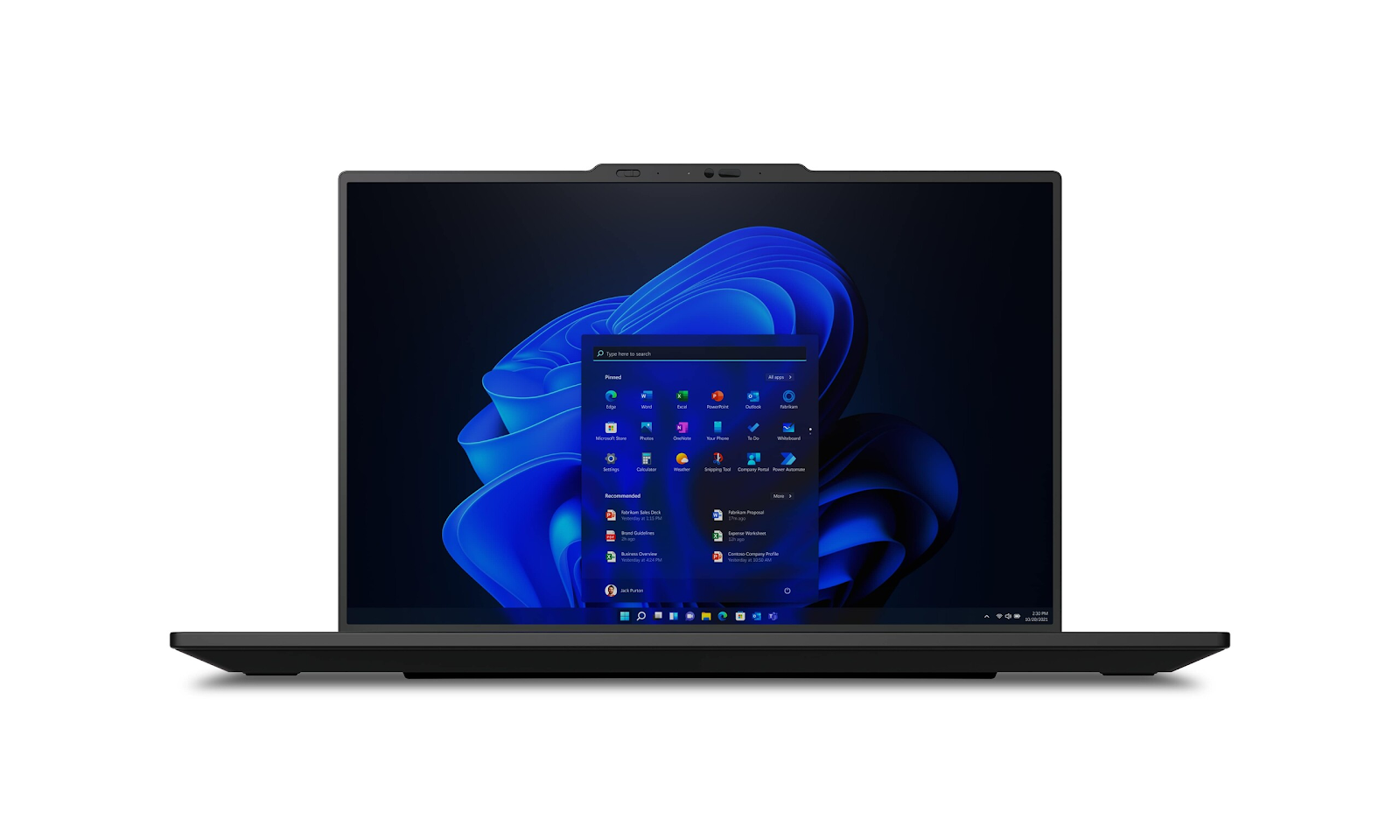Tech Advancements:
Dell's development of the CAMM memory spec, donated to the JEDEC memory standard committee, laid the groundwork for innovations seen in the ThinkPad P1 Gen 7. The CAMM spec aims to shrink standard memory form factors while optimizing communication pathways between memory and host systems, leading to improved performance and efficiency. Third-party manufacturers like Adata have already demonstrated modules following the CAMM spec, with Samsung recently unveiling its initial CAMM-based products, signaling a new era in memory technology.
Lenovo Unveils ThinkPad P1 Gen 7: A Leap Forward in Laptop Innovation
Lenovo has once again pushed the boundaries of laptop technology with the introduction of the ThinkPad P1 Gen 7. Building upon the success of its predecessor, the 2024 iteration of the ThinkPad P1 Gen 7 boasts a new chassis, Intel Meteor Lake processor options, and an enhanced workstation GPU for the top-tier model. With the 2023 version receiving a commendable rating of 92%, anticipation is high for what the latest model has to offer. One of the most groundbreaking features of the ThinkPad P1 Gen 7 is its utilization of the LPCAMM2 module from Micron, a first in the laptop world. LPCAMM, or "low-power compression attached memory module," addresses the limitations of traditional SO-DIMM and soldered LPDDR memory solutions. By incorporating LPDDR and DDR memory chips operating in a dual-channel model, LPCAMM2 not only enhances speed and efficiency but also offers user-replaceable capabilities, unlike soldered LPDDR chips. Lenovo claims that the up to 64 GB LPCAMM2 module inside the ThinkPad P1 Gen 7 saves a significant 64% space compared to DDR5 SO-DIMM memory, while also requiring 61% less "active power." Furthermore, users have the option to equip the ThinkPad P1 Gen 7 with a massive 8 TB of storage through two 4 TB drives arranged in RAID 0/1 configuration. Performance-wise, the ThinkPad P1 Gen 7 can be configured with up to an Intel Core Ultra 9 185H CPU with vPro. Additionally, Lenovo offers the flexibility of choosing between regular gaming GPUs or upgrading to an RTX 4070 laptop GPU. In terms of display, the ThinkPad P1 Gen 7 features a 16-inch 16:10 panel, with the option for a touch-capable OLED screen boasting a 3,840 x 2,400 resolution, 100% DCI-P3 coverage, and 400 nits of brightness. Lower-end variants offer 100% sRGB IPS displays in 1600p and 1200p options with 500 and 400 nits of brightness, respectively. The ThinkPad P1 Gen 7 also impresses with its port selection, including two Thunderbolt 4 ports, one Type-A port, HDMI 2.1 output, and an SD card reader. With an entry price of 2,450 EUR ($2,621), the Lenovo ThinkPad P1 Gen 7 will be available for purchase starting in June 2024, promising consumers a leap forward in laptop innovation.




